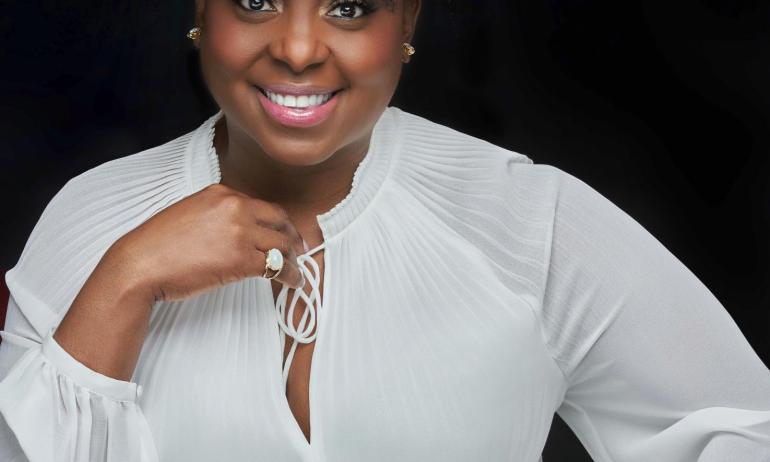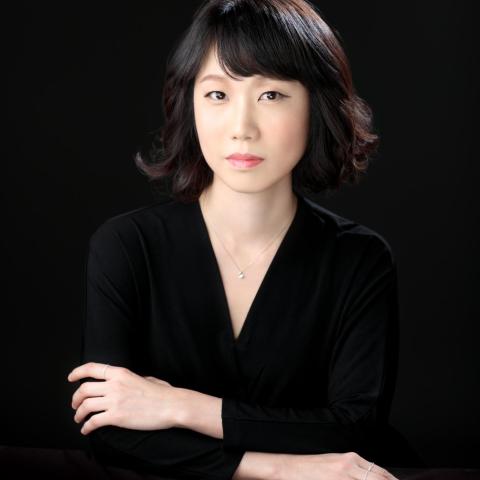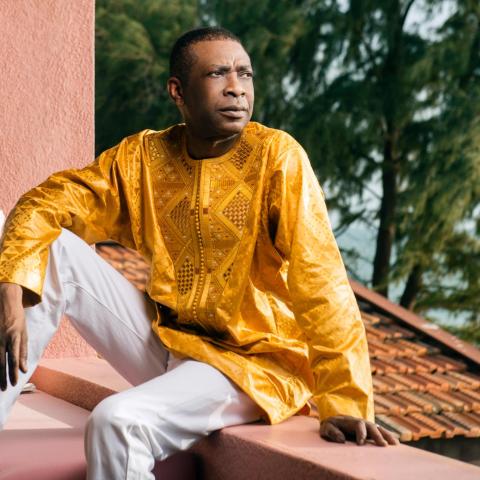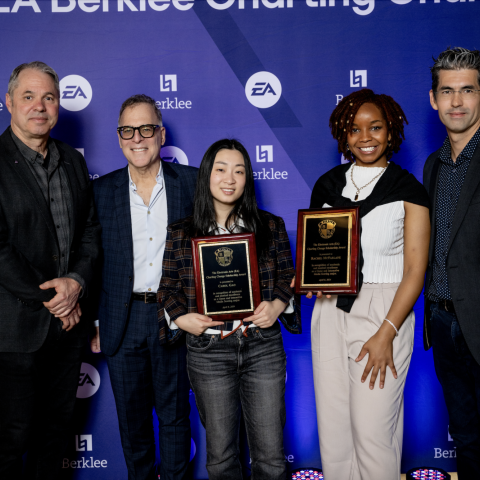Philip Catherine '72
Philip Catherine Wim Van Eesbeek
Sitting in a coffee shop in downtown Brussels, Belgium, on a rainy Saturday, legendary European jazz guitarist Philip Catherine ’72 tells me it would take effort to figure out how many recordings he’s played on.
In a career that has spanned more than five decades, Catherine has covered lots of stylistic territory. He’s performed or recorded with such American jazz icons as Charles Mingus, Dexter Gordon, Les McCann, Benny Goodman, Chet Baker, and countless others. He was also part of the jazz-fusion scene during the 1970s and gained acclaim for his work with guitarist Larry Coryell, French violinist Jean-Luc Ponty, German group Passport, and others. Additionally, Catherine has made 21 albums as a leader, showcasing his own compositions and standards. The late woodwind player and former Berklee faculty member Charlie Mariano teamed up with Catherine for many recording projects.
No matter what Catherine happens to play, musical grace is his aesthetic and lithe, lyrical lines his trademark. “I felt if I was going to play something other than classical music, I wanted to make music that had a groove and swing,” he says. “But not intellectual jazz, I preferred to listen to Stravinsky or Schoenberg for intellectual music. They knew what they were doing.”
The son of a British mother and Belgian father, Catherine still recalls being carried by his mother into the subway as a toddler during the German blitz of London during World War II. He’s lived primarily in Belgium since the age of five and he picked up the guitar at 14. Catherine was playing in jazz clubs by the time he was in high school. He points to his work with American organist Lou Bennett as the start of his professional work. Bennett, then based in Paris, needed a guitarist for gigs in Belgium, and the club owner recommended Catherine.
“I was in a monopolistic situation because there were no other guitar players around,” Catherine says wryly. He played many more gigs with Bennett throughout Europe, including a weeklong engagement opening for Thelonious Monk in Holland and a string of 90 consecutive nights at a club in Spain.
But Catherine harbored no youthful dreams of becoming a professional guitarist. “I wasn’t planning to become a musician,” he says. “It all happened the day I finished my year in the army in 1970. That day a letter arrived from Jean-Luc Ponty asking me to join his quartet. I figured, ‘Why not’? I’ll do this for a while before I find a job. But since then, I’ve never done anything else. I am grateful to Jean-Luc.”
He studied philosophy and economics in a university before deciding to come to Berklee in 1972. Around the campus and Boston’s jazz clubs, he met John Scofield, Elvin Jones, George Benson, and others. Catherine began polishing his overall musicianship at Berklee. “I could read chord symbols but not standard notation very well,” he recalls. “It was challenging for me to figure out what Herb Pomeroy was writing on the board in class. I began to understand the relationship between chords and scales. That time at Berklee was a turning point in my musical knowledge.”
After his return to Europe, he made his second album as a leader, September Man. Among the six musicians on the album were bassist John Lee and drummer Gerry Brown. They later worked with Coryell and played him cassettes of Catherine’s music. Coryell was riding high as a pioneer of the fusion style in the 70s, and for his appearance at the Berlin Jazz Festival, George Gruntz, the festival’s artistic director, suggested Coryell invite Catherine to play with his group. The performance drew in new fans, and led further to festival appearances and three albums as well an unexpected invitation for both to play on Mingus’s Three or Four Shades of Blues album.
Vintage videos on YouTube show Catherine in company with Coryell, John McLaughlin, and Paco de Lucia, revealing both flashy technique and a strong melodic sense. During that time period, in contrast, he fielded invitations to work with singer and trumpeter Chet Baker. “I was asked to play with him many times before I accepted,” Catherine recalls. “I had seen him singing slow ballads in smoke-filled clubs. I was playing fusion music at the time and wondered what I would do with this guy. But after two gigs with just bass, guitar, and trumpet, it felt fantastic. When I came onstage with Chet, I knew something important was going to happen. His music was so strong without being loud. I wasn’t expecting that. I played many gigs with him.” Catherine also appeared on six of Baker’s albums.
Despite turning many heads with his fusion playing, Catherine has always exhibited a lyrical elegance and a touch on the strings of his guitar that continue to create a demand for his playing. He gets calls for sideman work, but he also leads his own quartet and plays in a few duo settings. “I’ve played off and on for 20 years with [Danish] bassist Niels-Henning Ørsted Pedersen. I also play with [Italian] pianist Nicola Andrioli and with [German] bassist Martin Wind.”
And at 72, Catherine continues to listen to young players as well as the jazz masters. He cites Kurt Rosenwinkel and Ben Monder among the young guitarists he enjoys. But he also continues to dive deeper into the jazz tradition. “I am still learning new standards,” he says. “I want to make albums of the music of Irving Berlin and Rodgers and Hart.
“At this point, I like to come onstage and play my guitar with a group that sounds nice. Sometimes if musicians are trying too hard to sound interesting, it’s not interesting. I like to play beautiful tunes. Right now I am working at playing more expressively and making my guitar sing.”




